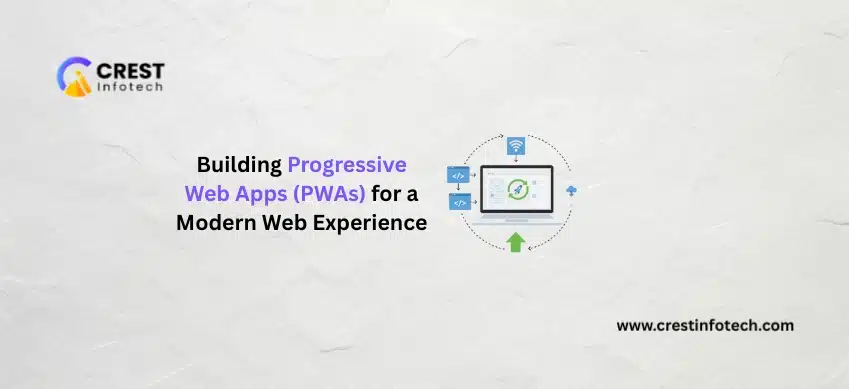The mobile development landscape has evolved rapidly in recent years, but one framework is making waves like no other: Flutter. Developed by Google, Flutter enables developers to create beautiful, fast, and natively compiled applications for mobile, web, and desktop — all from a single codebase. Here’s why Flutter is shaping the future of cross-platform development.
What Is Flutter?
Flutter is an open-source UI software development kit (SDK) introduced by Google. It allows developers to build apps for multiple platforms using the Dart programming language. Unlike other frameworks, Flutter doesn’t rely on native components — it uses its own rendering engine to create a truly consistent UI.
Key Benefits of Using Flutter
1. Single Codebase for Multiple Platforms
Flutter allows you to write one codebase and deploy it on:
-
iOS
-
Android
-
Web
-
macOS, Windows, and Linux
This drastically reduces development time and maintenance effort.
2. High Performance
Flutter’s engine renders UI components directly to the screen using Skia, a high-performance graphics engine. The result? Smooth animations and lightning-fast performance.
3. Rich, Customizable UI
With widgets at its core, Flutter enables complete control over every pixel on the screen.
-
Built-in Material and Cupertino (iOS) widgets
-
Easily create custom animations and transitions
-
Beautiful apps out of the box with little effort
4. Hot Reload for Rapid Development
Hot reload allows developers to instantly see changes without restarting the app. It boosts productivity and shortens the feedback loop during development.
5. Strong Community and Growing Ecosystem
Flutter’s popularity is growing fast, and so is its ecosystem:
-
Thousands of packages and plugins
-
Vibrant open-source community
-
Backed by Google and used in production by big names like eBay, Alibaba, and BMW
Why Flutter Outpaces Other Frameworks
Flutter vs. React Native
While both are strong contenders, Flutter offers:
-
Better performance (no JavaScript bridge)
-
Consistent UI across platforms
-
More customizable components without relying on native UI
Flutter vs. Native Development
Native development requires maintaining separate codebases and skill sets for Android and iOS. Flutter unifies the process, which reduces time-to-market and cost — a major advantage for startups and enterprises alike.
Use Cases and Real-World Examples
Flutter is ideal for:
-
MVPs and prototypes
-
Large-scale apps with consistent branding
-
Startups looking for quick launch
-
Enterprises aiming for reduced maintenance costs
Brands using Flutter include:
-
Google Ads
-
Nubank
-
Reflectly
-
Realtor.com
The Future of Flutter
Google continues to invest heavily in Flutter, and with the introduction of Flutter 3 and improvements to Flutter Web and Desktop, it’s clear the framework is expanding far beyond mobile.
Flutter’s growing versatility makes it a prime candidate for building unified applications across devices — something that was previously difficult and expensive.
Final Thoughts
Flutter is more than a trend — it’s a long-term solution for building beautiful, performant, and cross-platform apps efficiently. Whether you’re a solo developer, startup founder, or part of an enterprise team, adopting Flutter now means staying ahead in the fast-moving world of app development.



